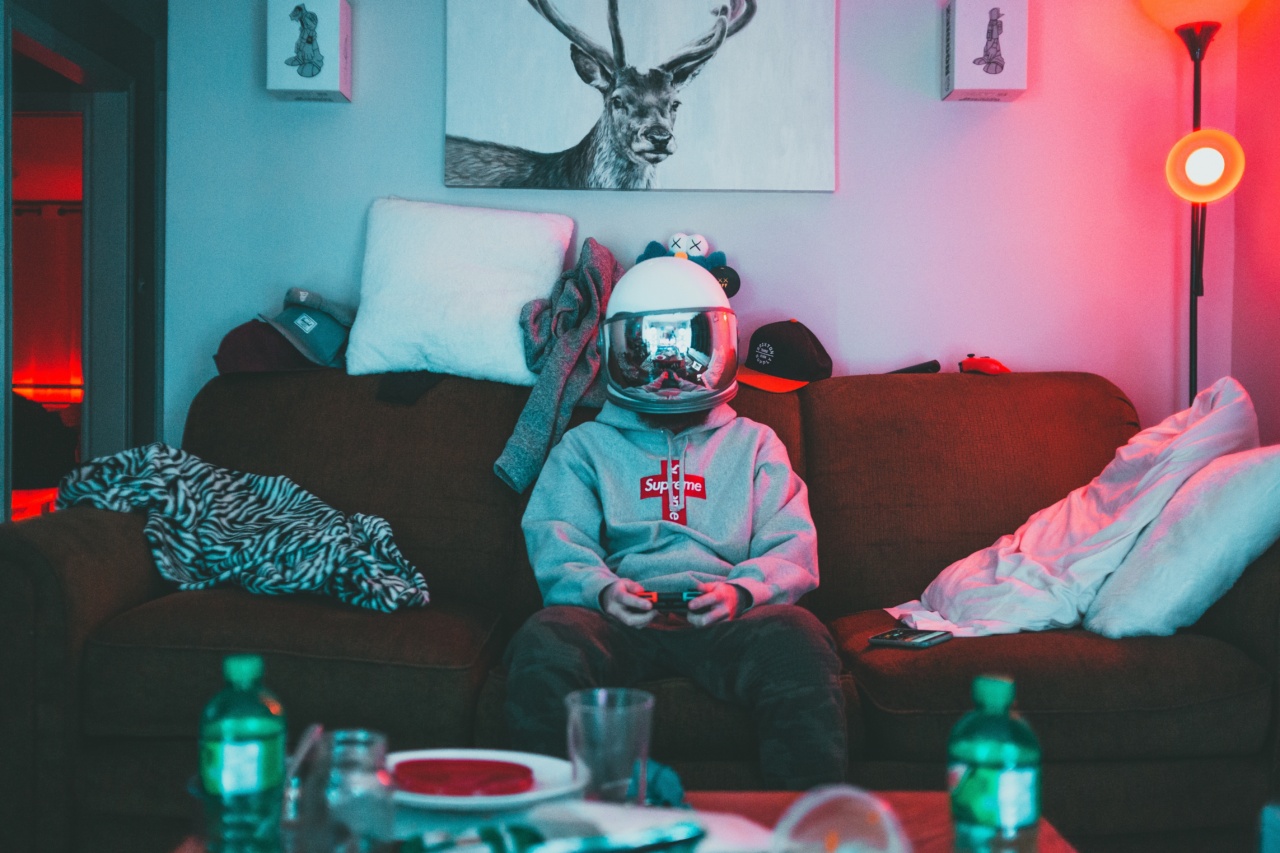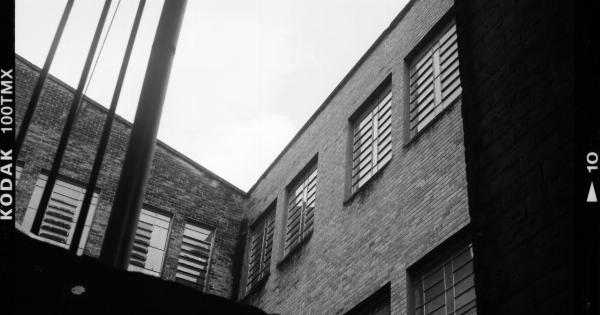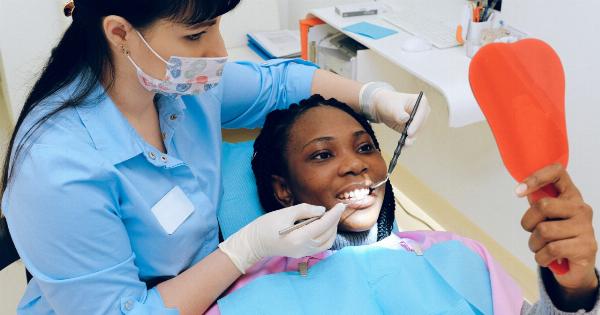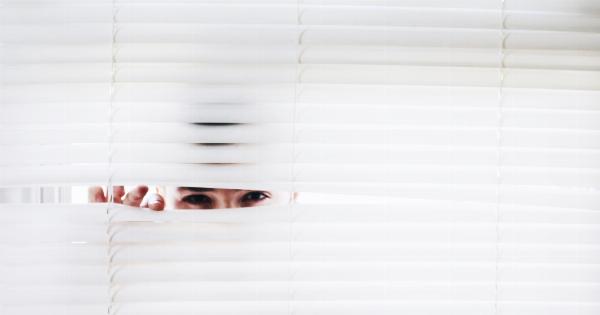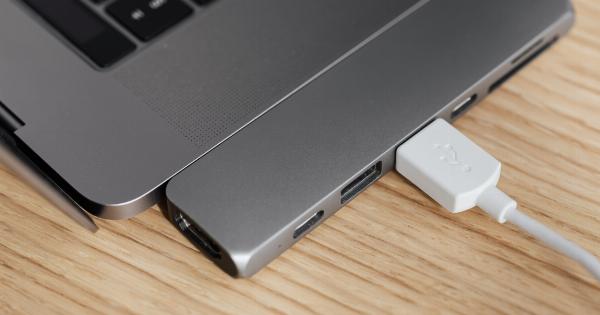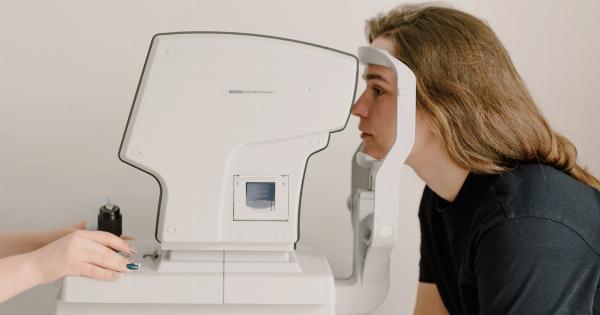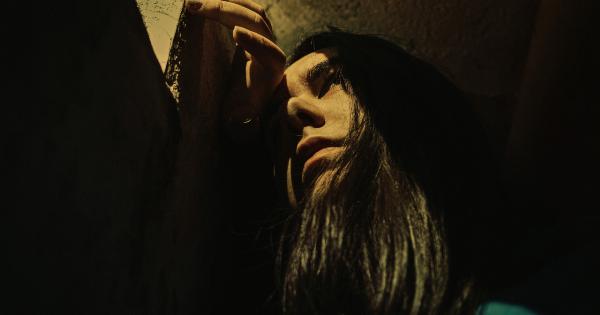Bipolar disorder, also known as manic-depressive illness, is a mental health condition that affects mood, behavior, and energy levels.
While there are several types of bipolar disorder, each characterized by different symptoms, all forms of the condition involve extreme mood swings from highs (mania or hypomania) to lows (depression). Understanding the signs of bipolar disorder is essential for getting a proper diagnosis and treatment. Here are four visual cues for identifying signs of bipolar disorder:.
1. Changes in Appearance
One of the most apparent visual cues of bipolar disorder is changes in appearance. During a manic episode, individuals with bipolar disorder may dress more flamboyantly or wear clothes that don’t match in color or style.
They may also wear more makeup or change their hairstyle to something very different from their typical look. Hypomanic individuals may dress more formally or conservatively than usual.
On the other hand, during a depressive episode, individuals with bipolar disorder may stop taking care of themselves. They may stop showering, grooming, or dressing well, leading to a distinct change in appearance from their usual self.
2. Rapid Speech and Thought
During a manic episode, individuals with bipolar disorder may engage in rapid speech known as “pressured speech.” They talk very fast, jump from topic to topic, and have difficulty controlling the speed or content of their speech.
They may also experience racing thoughts, which can cause them to feel overwhelmed and may lead to difficulty concentrating. Hypomanic individuals may speak and think faster than usual, but not to the same degree as those experiencing a full manic episode.
3. Aggressive Behavior
Sometimes, individuals with bipolar disorder may exhibit aggressive behavior during a manic episode. They may become easily agitated, angry, or irritable, leading to verbal or physical confrontations with others.
Hypomanic individuals may have a shorter fuse than usual but are typically not as aggressive as those experiencing full-blown mania.
In a depressive episode, the individual may become withdrawn and may avoid engaging with others, but it’s not typically accompanied by aggressive behavior.
4. Changes in Energy Level
During a manic episode, individuals with bipolar disorder may experience an increased amount of energy, leading to rash decisions, overactivity, and impulsivity.
They may feel like they don’t need as much sleep and may engage in risky behaviors such as drug use, gambling, or excessive spending. Hypomanic individuals may also have an increase in energy, but not to the same degree as those experiencing full-blown mania.
During a depressive episode, individuals with bipolar disorder may struggle with a significant lack of energy and motivation.
They may feel tired all the time, have trouble getting out of bed, and experience a loss of interest in activities they used to enjoy.
Conclusion
Bipolar disorder can be difficult to diagnose as it manifests differently in each individual. However, understanding the visual cues, as mentioned above, can help in identifying bipolar disorder’s signs.
Early diagnosis and appropriate treatment can significantly help individuals manage their condition and lead a more stable life.
